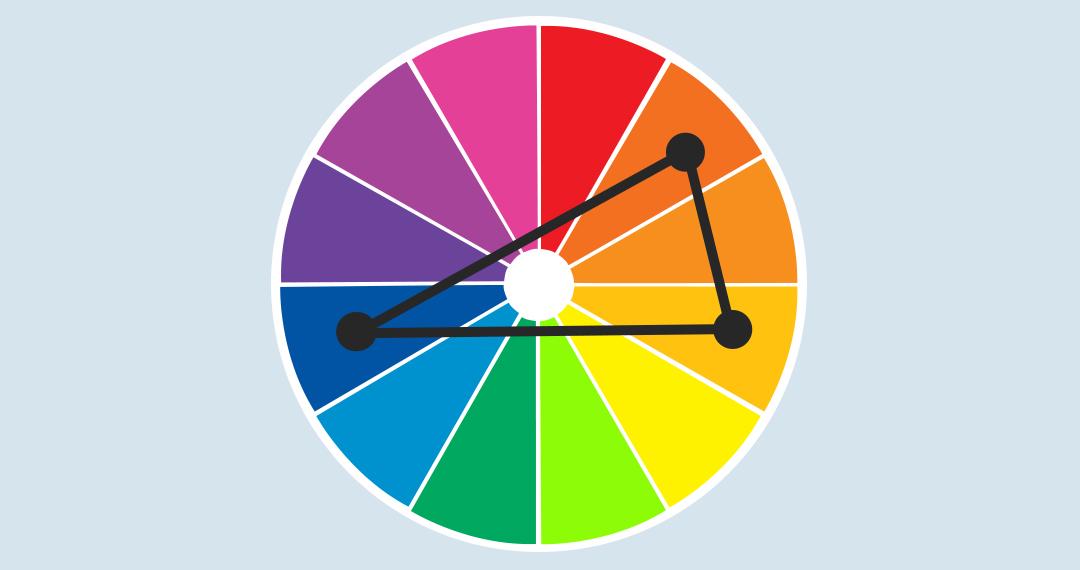Graphic Design color theory. What is it? How does it work? And how can you use it to improve your designs? In this article, we’ll explore the basics of color theory and how you can use it to your advantage in your graphic design projects.
Color theory is a branch of mathematics that deals with the properties of light and how it is perceived by the human eye. In graphic design, color theory is used to create harmonious designs that are both visually appealing and effective. By understanding the basics of color theory, you can create better designs that communicate your message more effectively. In this article, we’ll explore the basics of color theory and how you can use it to improve your scottsdale graphic design projects.

The Basics Of Color Theory
The basics of color theory are fairly simple: there are three primary colors (red, yellow, blue), three secondary colors (orange, green, purple), and six tertiary colors (red-orange, yellow-orange, red-green, yellow-green, blue-green, and blue-purple).
You can create any other color by mixing these different colors together. For example, if you want to create a dark green color, you could mix together blue and green paint. Or if you want to create a light pink color, you could mix together red and white paint.
Color theory is important because it helps you to create harmonious designs. By understanding the different properties of colors and how they can be combined, you can create beautiful designs that are visually appealing to the eye.
When it comes to choosing colors for your graphic design projects, it’s important to choose colors that will create a harmonious and visually appealing design. One way to do this is to use color schemes.
Color schemes are groups of colors that are intentionally combined to create a certain look or feel. There are many different types of color schemes, and each one has its own set of properties. If this all seems like a lot for you, you’re not alone. Consider hiring a professional scottsdale print center to help you.
Here are some of the most common color schemes for graphic design:
Monochromatic: This scheme uses different shades, tints, and tones of a single color. It can be very effective in creating subtle designs.
Analogous: This scheme uses colors that are next to each other on the color wheel. This scheme is often used to create warm and inviting designs.
Complementary: This scheme uses colors that are opposite each other on the color wheel. This scheme can be used to create bold and eye-catching designs.
Triadic: This scheme uses three colors that are evenly spaced around the color wheel. This scheme can be used to create vibrant and energetic designs.



